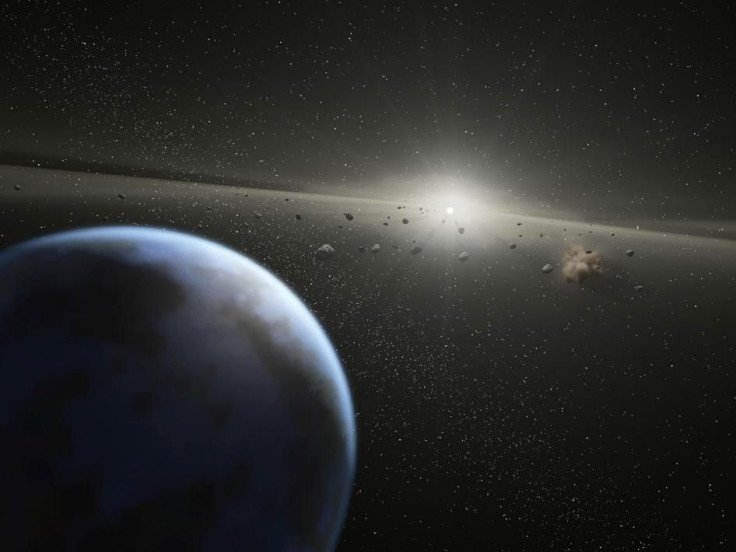NASA Asteroid Tracker Detects 3 NEOs Flying Past Earth On Wednesday

KEY POINTS
- NASA detected three asteroids currently approaching Earth
- The biggest asteroid in the group is larger than the Leaning Tower of Pisa
- All three approaching asteroids follow orbits that cross Earth's path
NASA is currently monitoring three near-Earth asteroids that are expected to fly past the planet on Wednesday (May 27). According to the data, one of the approaching space rocks is about as big as a building.
The incoming asteroids were detected by NASA’s Center for Near-Earth Object Studies (CNEOS). As noted by CNEOS, the first asteroid that’s set to approach Earth on Wednesday is known as 2020 KJ3.
This near-Earth object has an estimated diameter of about 125 feet. It is currently traveling across the Solar System towards Earth at a speed of almost 23,000 miles per hour.
2020 KJ3 will fly past Earth on May 27 at 4:00 a.m. EDT. During this time, the asteroid will be about 0.01998 astronomical units from the planet’s center, which is equivalent to about 1.9 million miles.
After 2020 KJ3’s visit, an asteroid known as 2020 JN3 will zip past Earth. According to CNEOS, this asteroid measures about 66 feet wide. It will approach Earth at an average velocity of almost 13,000 miles per hour.
CNEOS noted that 2020 JN3 would fly past Earth on May 27 at 9:56 p.m. EDT from a distance of about 0.01113 astronomical units or 1 million miles away.
The last asteroid that will swing by Earth’s neighborhood on Wednesday is called 2020 KV. As indicated in CNEOS’ database, this is the biggest asteroid that will approach Earth tomorrow.
The agency estimated that it measures about 194 feet wide, making it bigger than the Leaning Tower of Pisa in Italy. According to CNEOS, 2020 KV is currently flying across space at an average speed of over 28,000 miles per hour.
2020 KV is expected to zip past Earth on May 27 at 10:04 p.m. EDT. During its approach, the asteroid will fly past Earth from a distance of about 0.01838 astronomical units away, which is equivalent to about 1.7 million miles.
Both 2020 KJ3 and 2020 JN3 have been classified as Apollo asteroids due to their wide orbits around the Sun. 2020 KV, on the other hand, was labeled as an Aten asteroid due to its narrow orbit. Although the asteroids have different classifications, all of them follow Earth-intersecting natural orbits.
© Copyright IBTimes 2025. All rights reserved.




















